Home>Garden Essentials>What Is A Seed Bank
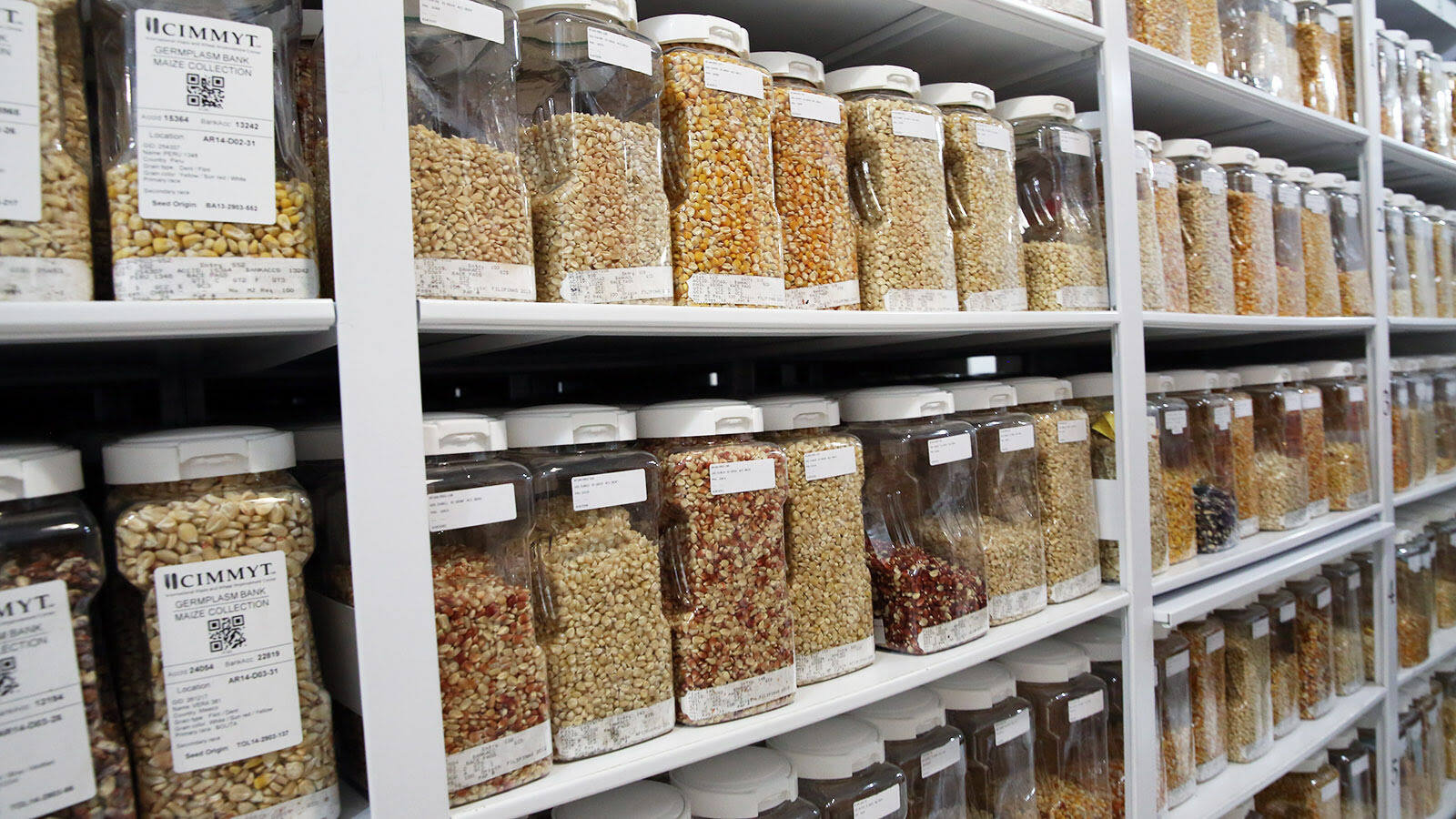

Garden Essentials
What Is A Seed Bank
Modified: September 1, 2024
Discover the importance of seed banks for your garden. Learn how these institutions preserve and protect plant biodiversity, ensuring a sustainable future for your green space.
(Many of the links in this article redirect to a specific reviewed product. Your purchase of these products through affiliate links helps to generate commission for Storables.com, at no extra cost. Learn more)
Introduction
Welcome to the fascinating world of seed banks! As an avid gardener or someone with an interest in preserving plant diversity, you may have come across the term “seed bank.” But what exactly is a seed bank, and why is it so important?
A seed bank, also known as a seed library or a seed vault, is a crucial institution that plays a vital role in the preservation and conservation of plant species. It serves as a secure repository for the storage of seeds, ensuring their long-term viability and availability for future generations. In a rapidly changing world, where climate change, habitat loss, and human activities threaten plant biodiversity, seed banks are an invaluable tool for safeguarding the genetic diversity of plants.
Now, you might be wondering why we need seed banks when plants naturally produce seeds. While this is true, seed banks offer several advantages over relying solely on natural seed dispersal mechanisms. Seed banks serve as a form of insurance against the loss of plant species due to environmental challenges, diseases, or human-induced factors. By preserving seeds in controlled environments, seed banks can extend the lifespan of seeds, allowing them to remain viable for years or even decades.
Furthermore, seed banks provide a valuable resource for scientists, researchers, and farmers. These institutions collect, classify, and store seeds from a wide variety of plant species, making it possible to study and understand plant genetics, adaptability, and potential medicinal uses. Seed banks also serve as repositories for rare, endangered, or extinct plant species, giving scientists and conservationists the opportunity to revive and reintroduce these plants if suitable conditions are established.
There are different types of seed banks, each with its own unique features and purpose. These include gene banks, ex situ conservation facilities, and seed exchange programs. Gene banks focus on preserving seeds from a wide range of plant species, while ex situ conservation facilities prioritize the conservation of endangered or rare species. Seed exchange programs allow individuals to access and exchange seeds, promoting community engagement and biodiversity awareness.
In the following sections, we will explore the purpose of seed banks, the types of seed banks, the benefits they provide, the conservation efforts they undertake, the challenges faced, and the importance of seed banks in preserving agriculture and biodiversity. Let’s dive deeper into the captivating world of seed banks and discover why they are crucial for our planet’s future.
Key Takeaways:
- Seed banks are like treasure chests for plant seeds, protecting them from extinction and helping scientists create stronger, more resilient crops to feed the world.
- Seed banks are superheroes for nature, saving endangered plants, preserving genetic diversity, and inspiring people to care for our planet’s future.
Read more: What Banks Offer A Construction Loan
Definition of a Seed Bank
At its core, a seed bank is a specialized facility or organization that collects, stores, and preserves seeds for future use. It can be seen as a type of library for plant seeds, where each seed represents the potential for new life and biodiversity.
Seed banks employ various methods to ensure the longevity of the stored seeds. These methods include drying seeds to reduce moisture content, cooling seeds to slow down their metabolic processes, and storing them in sealed containers or in cold storage facilities. By controlling the environmental conditions, seed banks can extend the lifespan of seeds far beyond their natural lifespan, allowing for long-term storage and preservation.
One crucial aspect of seed banks is that they prioritize the conservation of genetic diversity. In nature, plants produce seeds with genetic variations through sexual reproduction. These variations are the results of cross-pollination, genetic recombination, and other natural processes. By collecting and storing seeds from different plant populations, seed banks ensure that there is a wide range of genetic diversity available for future plant breeding, research, and conservation efforts.
Seed banks also play a crucial role in ensuring the availability and accessibility of seeds for future generations. With the rapid loss of habitats and the extinction of plant species, seed banks act as a safety net, preserving valuable genetic resources that might otherwise be lost forever. Additionally, seed banks often participate in seed exchange programs, allowing individuals and organizations to access and exchange seeds for research, cultivation, and conservation purposes.
It is important to distinguish between different types of seed banks. Gene banks, for example, focus on the conservation of plant genetic resources and maintain extensive collections of seeds from various plant species. Ex situ conservation facilities, on the other hand, prioritize the preservation of endangered and rare plant species that are at risk of extinction in their natural habitats. These facilities often work closely with international conservation organizations to protect and preserve these threatened plant populations.
Overall, the primary goal of a seed bank is to conserve and safeguard the genetic diversity of plant species. By doing so, seed banks contribute to the long-term sustainability of ecosystems, provide resources for agricultural innovation and adaptation, and ensure the availability of valuable plant genetic materials that can be utilized to address future challenges such as climate change and food security.
Purpose of Seed Banks
The primary purpose of seed banks is the conservation and preservation of plant genetic resources. Seed banks serve as repositories for a diverse range of plant seeds, ensuring their availability for future use and safeguarding against the loss of valuable genetic diversity. Let’s explore some of the key purposes and roles of seed banks:
1. Conservation of plant species: As habitats are being destroyed and species are facing the risk of extinction, seed banks play a vital role in preserving the genetic diversity of plant species. By collecting and storing seeds, seed banks can protect endangered and rare plant species from being permanently lost.
2. Conservation of agricultural biodiversity: Seed banks are critical for preserving the genetic diversity of crop plants. In a world where agriculture heavily relies on a narrow range of high-yielding varieties, seed banks offer an invaluable source of genetic materials for crop improvement and the development of resilient, climate-adaptive plants.
3. Research and scientific exploration: Seed banks provide researchers, scientists, and plant breeders with access to a vast collection of plant genetic resources. This enables them to study plant genetics, adaptability, and traits, contributing to advancements in agriculture, medicine, and ecology.
4. Restoration and reforestation efforts: Seed banks actively participate in restoration and reforestation projects, supporting the rehabilitation of degraded habitats and the reestablishment of native plant communities. By providing genetically diverse seed sources, seed banks contribute to the successful regeneration of ecosystems.
5. Climate change adaptation: Climate change poses significant challenges to agriculture. Seed banks are essential in addressing these challenges by preserving seeds from plant species that have shown resilience to environmental stressors. These seeds can be used for breeding climate-resistant crops and developing new varieties capable of thriving in changing climatic conditions.
6. Community empowerment and education: Many seed banks engage in seed exchange programs and community outreach activities. These initiatives promote awareness of plant biodiversity, enhance local food security, and empower communities to take an active role in seed conservation and sustainable agriculture.
7. Emergency response: Seed banks can act as emergency response measures in the event of natural disasters, disease outbreaks, or other emergencies that cause the loss of plant species. They can quickly provide seeds for immediate replanting, helping communities recover and rebuild their agricultural systems.
In summary, seed banks have a multi-faceted purpose. They are essential for the preservation of plant genetic resources, the advancement of scientific research, the conservation of agriculture, and the mitigation of climate change impacts. Seed banks ensure the availability of diverse plant materials and contribute to the sustainable future of our planet.
Types of Seed Banks
Seed banks come in various forms and serve different purposes. Here are some of the common types of seed banks:
1. Gene Banks: Gene banks, also known as genetic resource centers, are dedicated to collecting, storing, and preserving the genetic diversity of plant species. They aim to conserve a broad range of plant genetic resources, from crop plants to wild and endangered species. Gene banks often house extensive collections of seeds, as well as other plant reproductive materials such as pollen and tissue cultures, to ensure the long-term preservation of plant genes.
2. Ex Situ Conservation Facilities: Ex situ conservation facilities focus on the preservation of endangered and rare plant species that are at risk of extinction in their natural habitats. These facilities may include botanical gardens, arboreta, or specialized nurseries. They employ controlled environments to cultivate and maintain living collections of plants, including both seeds and living plants, with the aim of preventing the loss of these species and supporting their eventual reintroduction into natural habitats.
3. Seed Vaults or Seed Banks: Seed vaults, such as the Svalbard Global Seed Vault in Norway, are specialized facilities constructed to store large quantities of seeds under ideal conditions for long-term preservation. These seed banks are designed to withstand natural disasters, climate change, and other potential threats. Some seed vaults serve as backup facilities for other seed banks, acting as a safeguard against the loss of valuable genetic resources.
4. Community Seed Banks: Community seed banks have a more localized focus and operate at the grassroots level. They are often community-driven initiatives that aim to preserve locally adapted plant varieties and promote seed sovereignty. Community members contribute their seeds to the bank and have access to a diverse range of locally sourced seeds, fostering a sense of community resilience and self-reliance in seed conservation.
5. Seed Libraries: Seed libraries function as lending institutions, allowing individuals to borrow seeds for planting and returning harvested seeds to replenish the library’s collection. They often facilitate seed exchange programs, knowledge sharing, and community education around plant diversity and sustainable gardening practices.
6. International Seed Banks and Networks: International seed banks and networks collaborate on a global scale to exchange and distribute genetic resources for research and conservation purposes. These networks promote the sharing of seeds across borders, ensuring the accessibility and availability of diverse plant material to scientists, researchers, and breeders worldwide.
7. In-field Seed Banks: In-field seed banks involve the conservation and management of plant genetic resources in their natural habitats. This approach aims to preserve traditional landraces and crop wild relatives directly in the field, focusing on maintaining genetic diversity within plant populations in their original environments.
These different types of seed banks work in tandem, each contributing to the overall conservation and preservation of plant species. Collaborative efforts between different seed bank networks and institutions are key to ensuring the long-term survival of diverse plant genetic resources and the sustainable future of agriculture and biodiversity.
Benefits of Seed Banks
Seed banks play a vital role in preserving plant biodiversity and genetic resources, offering numerous benefits to society, agriculture, and the environment. Here are some of the key benefits of seed banks:
1. Conservation of Genetic Diversity: Seed banks serve as repositories for diverse plant genetic resources, ensuring the preservation of genetic diversity. This diversity is crucial for plant breeding programs, crop improvement, and the development of new plant varieties with desired traits. By conserving a wide range of seeds, seed banks help protect against the loss of valuable genetic information and enhance the resilience of plant populations to environmental changes and diseases.
2. Food Security: Seed banks contribute to global food security by preserving seeds from a variety of crop plants. They store seeds of traditional, heirloom, and locally adapted varieties, which may possess unique traits such as tolerance to climate conditions, pests, or diseases. These seeds can be utilized to develop new crop varieties that are more productive, resilient, and suited to local growing conditions.
3. Climate Change Adaptation: Climate change poses significant challenges to agriculture. Seed banks offer a vital resource for adapting to these challenges by preserving seeds from a diverse range of plant species. These seeds can be utilized for breeding climate-resilient crops that can withstand extreme weather events, tolerate drought or heat stress, and thrive in changing climatic conditions.
4. Medicinal and Industrial Uses: Seed banks house a vast collection of plant species with potential medicinal, industrial, and economic value. Researchers and scientists can access these resources to study and develop new drugs, natural remedies, and sustainable materials. Seed bank collections contribute to advancements in pharmaceuticals, herbal medicine, biofuels, and other industries.
5. Environmental Restoration: Seed banks play a crucial role in habitat restoration and reforestation efforts. By preserving seeds from native plant species, seed banks provide a diverse and genetically appropriate supply of seeds for ecosystem restoration projects. These seeds help recreate and rejuvenate degraded habitats, promote biodiversity, and support the recovery of native plant communities.
6. Research and Education: Seed banks provide valuable resources for researchers, scientists, and educators. The wide range of seeds available for study and experimentation contributes to scientific knowledge about plant genetics, evolution, and ecology. Seed banks also facilitate educational programs, fostering awareness and understanding of plant diversity, conservation, and sustainable agriculture.
7. Resilience in the Face of Threats: Seed banks act as a safeguard against potential threats such as disease outbreaks, natural disasters, or habitat destruction. In the event of unforeseen circumstances, seed banks can provide a supply of viable seeds for immediate replanting, ensuring the continuity of plant populations and supporting the recovery and resilience of ecosystems.
Overall, seed banks are invaluable resources for the preservation and utilization of plant genetic resources. They offer benefits that extend beyond biodiversity conservation, playing a critical role in addressing food security, climate change adaptation, ecosystem restoration, and scientific advancements. The continued support and expansion of seed bank initiatives are essential for the sustainable future of our planet.
A seed bank is a place where seeds are stored to preserve genetic diversity. It’s important for future food security and conservation efforts.
Read more: How To Store Money Without A Bank
Conservation Efforts by Seed Banks
Seed banks are at the forefront of conservation efforts, actively working to preserve plant species and genetic diversity. These institutions employ various strategies and initiatives to ensure the successful conservation of seeds. Here are some of the key conservation efforts undertaken by seed banks:
1. Seed Collection and Storage: Seed banks collect seeds from a wide range of plant species, including crop plants, wild species, and endangered or rare plants. These seeds are carefully collected from their natural habitats or obtained through exchange programs with other seed banks. Once collected, the seeds undergo processing to remove any debris or contaminants before being stored in controlled environments. Seed banks utilize techniques such as drying, cooling, and long-term storage in specialized containers to maintain the viability of seeds for extended periods.
2. Germination Testing and Viability Monitoring: Seed banks regularly test the viability and germination capacity of stored seeds to ensure that the seeds remain viable over time. This involves taking a representative sample of seeds and subjecting them to germination tests under optimal conditions. Viability monitoring allows seed banks to identify any loss of viability and take necessary measures to maintain the genetic integrity of the stored seed collections.
3. Documentation and Cataloging: Seed banks meticulously document and catalog their seed collections, recording crucial information such as the species, origin, collector, and collection date of each seed sample. This information helps track the genetic diversity and provenance of the seeds, ensuring accurate and reliable access to the stored materials.
4. Seed Longevity Research: Seed banks conduct research to understand the longevity and storage requirements of different seed species. This research helps determine optimal storage conditions for maintaining seed viability and identifies potential methods to enhance the longevity of stored seeds. By improving storage techniques, seed banks can extend the lifespan of seeds and improve the success rate of seed conservation efforts.
5. Red List Seeds and Endangered Species Conservation: Seed banks focus on preserving seeds from endangered or threatened plant species listed on international conservation programs such as the IUCN Red List. These efforts ensure that the genetic diversity of endangered plants is conserved, and the possibility of their reintroduction into the wild is enhanced. Seed banks work closely with conservation organizations and agencies to identify and prioritize species in need of urgent conservation action.
6. Collaboration and Seed Exchange: Seed banks actively collaborate with other seed banks, research institutions, and botanical gardens through seed exchange programs. These programs enable the sharing of seeds and genetic material, facilitating greater diversity in seed collections and supporting conservation efforts globally. Collaboration also extends to sharing technical expertise, research findings, and best practices in seed banking and conservation.
7. Citizen Science and Community Engagement: Many seed banks encourage citizen participation by involving local communities in seed collection, conservation, and awareness initiatives. These efforts promote community engagement and education, raising awareness about the importance of plant diversity and empowering individuals to contribute to seed conservation efforts in their territories.
Through these efforts and initiatives, seed banks make significant contributions to the conservation of plant species and genetic diversity. By preserving seeds and promoting research, collaboration, and community engagement, seed banks play a vital role in ensuring the long-term survival and sustainable use of plant genetic resources.
Challenges Faced by Seed Banks
While seed banks play a crucial role in conserving plant species and genetic diversity, they also face various challenges. These challenges can impact their effectiveness and ability to fulfill their conservation objectives. Here are some of the key challenges faced by seed banks:
1. Seed Quality and Viability: Maintaining seed viability is a constant challenge for seed banks. Some seeds have short-lived viability, making it challenging to store them for extended periods. Ensuring the quality and viability of stored seeds requires specialized storage conditions, regular testing, and monitoring. Contamination or improper handling during collection, processing, or storage can also negatively impact seed quality and viability.
2. Financial Constraints: Seed banking operations require significant financial resources. Operating and maintaining seed bank facilities, conducting research, and monitoring seed collections incur substantial costs. Funding seed banking activities can be a challenge, particularly for smaller or less well-funded organizations. Securing long-term financial sustainability is crucial to ensure the continued functioning and success of seed banks.
3. Limited Capacity and Infrastructure: Many seed banks face limitations in terms of capacity and infrastructure. This includes limited space for seed storage, inadequate facilities for controlled environment storage, and limited resources for maintaining and expanding seed collections. Infrastructure challenges can affect a seed bank’s ability to properly store and manage plant genetic resources and may limit their capacity to take in new seed samples.
4. Ethical and Legal Considerations: Seed banks must navigate complex ethical and legal considerations. These include issues surrounding access and benefit sharing, intellectual property rights, and adhering to national and international regulations for the collection, storage, and exchange of seeds. Compliance with legal requirements and ethical guidelines can pose challenges and require specialized knowledge and expertise.
5. Seed Collection and Access Barriers: Collecting seeds from certain plant species can be challenging due to factors such as restricted access to remote or protected areas, limited knowledge of plant populations, and the loss of suitable habitats. In some cases, cultural and social barriers can impede access to certain plant species, particularly those with traditional or sacred significance. Overcoming these barriers requires collaborations with local communities, indigenous peoples, and conservation organizations.
6. Climate Change and Environmental Impacts: Climate change poses significant challenges for seed banks. Rising temperatures, unpredictable weather patterns, and extreme events can impact the viability and adaptability of plant species, making it challenging to preserve seeds that can withstand these changing conditions. Additionally, habitat destruction, land-use changes, and pollution can negatively impact plant populations and further escalate the challenges faced by seed banks.
7. Long-Term Sustainability: Ensuring the long-term sustainability of seed banks is a constant challenge. It requires strategic planning, stakeholder engagement, and a commitment to ongoing maintenance and updating of collections. Maintaining staff expertise and managing succession planning is crucial for maintaining the knowledge and skills necessary for efficient seed bank operations.
Despite these challenges, seed banks continue to make valuable contributions to plant conservation and the preservation of genetic diversity. Overcoming these obstacles will require ongoing collaboration, financial support, technological advancements, and a deep understanding of the complex ecological, social, and legal landscapes in which seed banks operate.
Importance of Seed Banks in Agriculture and Biodiversity Preservation
Seed banks play a pivotal role in both agriculture and biodiversity preservation. They serve as critical institutions that contribute to the sustainability of our food systems and the conservation of plant species and genetic diversity. Here are some key reasons why seed banks are important in these domains:
1. Genetic Resource Conservation: Seed banks are repositories of genetic resources that are invaluable for plant breeding and agricultural innovation. They safeguard a wide range of plant seeds, including traditional and heirloom crop varieties, wild species, and endangered plants. These genetic resources provide a diverse pool of traits and characteristics that can be utilized to develop new crop varieties with improved resilience, productivity, and nutritional qualities.
2. Crop Improvement and Adaptation: In the face of changing environmental conditions, including climate change, seed banks provide a vital resource for adapting and improving crop plants. By preserving plant genetic diversity, seed banks offer breeders and researchers access to a rich source of genetic material for developing climate-resilient crops. This helps to mitigate the negative impacts of climate change on agriculture, enhance crop productivity, and ensure food security.
3. Sustainable Agriculture: Seed banks support the principles of sustainable agriculture. By conserving diverse crop plants and their wild relatives, seed banks contribute to resilient and biodiverse farming systems. Farmers can access a wide range of seeds suited to local conditions, including those with desired traits such as disease resistance, drought tolerance, or high nutritional value. This promotes agricultural sustainability by reducing the reliance on a limited number of mainstream varieties.
4. Ecological Restoration and Conservation: Seed banks play a critical role in ecological restoration and conservation efforts. They store seeds of native plant species, especially those at risk of extinction or lost due to habitat destruction. These seeds can be used for habitat restoration, reforestation, and the recovery of degraded ecosystems. By preserving seeds and reintroducing native plant species, seed banks contribute to maintaining biodiversity, supporting pollinators and wildlife, and restoring the ecological balance.
5. Medicinal and Industrial Applications: Many plant species housed in seed banks possess medicinal, industrial, or economic significance. Preserving these seeds ensures that their potential benefits can be explored and utilized. Researchers can study the chemical composition, medicinal properties, and industrial applications of these plants, leading to the development of new drugs, natural remedies, and sustainable materials for various industries.
6. Protection against Plant Diseases: Seed banks act as a safeguard against plant diseases that can devastate agricultural crops. By preserving a diverse range of genetic resources, including resistance genes, seed banks enable breeders to develop disease-resistant crop varieties. This reduces the dependence on agrochemicals, promotes sustainable pest and disease management, and enhances the resilience of agricultural systems.
7. Education and Public Awareness: Seed banks play an essential role in education and raising public awareness about the value of plant biodiversity. They provide opportunities for research, educational programs, and public engagement activities. Seed banks often organize workshops, exhibitions, and outreach programs to enhance understanding of the importance of seed conservation, sustainable agriculture, and the interconnectedness of biodiversity and human well-being.
Seed banks are indispensable resources for both agriculture and biodiversity conservation. Through their conservation efforts, seed banks contribute to the resilience of our food systems, the preservation of plant diversity, and the sustainable development of our planet for future generations.
Conclusion
Seed banks are vital institutions that play a critical role in the conservation of plant species, genetic diversity, and the sustainability of our food systems. These unique facilities serve as repositories of plant seeds, ensuring their long-term viability and availability for future generations. Seed banks contribute to both agriculture and biodiversity preservation, offering numerous benefits to society and the environment.
From the conservation of genetic diversity to the improvement of crop plants, seed banks provide valuable resources for breeding, research, and adaptation to climate change. They offer a diverse range of plant genetic material that can be utilized to develop new crop varieties with improved resilience, productivity, and nutritional qualities. This helps ensure food security, reduce reliance on a limited range of mainstream crop varieties, and enhance the sustainability of agricultural systems.
Seed banks also have a substantial impact on biodiversity preservation and ecological restoration. By preserving native plant species and their wild relatives, seed banks contribute to the conservation of threatened species, the restoration of habitats, and the promotion of biodiversity. They play a vital role in the recovery of degraded ecosystems, supporting essential ecological processes and fostering the reestablishment of balanced ecological communities.
Furthermore, seed banks facilitate scientific research, education, and public awareness. They offer researchers and scientists access to a diverse range of plant genetic resources, unlocking pathways for discovering new drugs, industrial applications, and sustainable materials. Seed banks also promote educational programs and outreach activities, raising public awareness about the value of plant diversity, sustainable agriculture, and the interconnectedness of biodiversity and human well-being.
Despite facing challenges such as seed quality maintenance, financial constraints, and legal considerations, seed banks continue to make significant contributions to the conservation and utilization of plant genetic resources. Collaboration, innovation, and the involvement of local communities are crucial for overcoming these challenges and ensuring the long-term success of seed bank initiatives.
In conclusion, seed banks are indispensable for the preservation of plant species, the advancement of agricultural practices, and the conservation of genetic diversity. These institutions serve as repositories of hope, safeguarding the potential for future innovation, adaptation, and sustainable development. By supporting seed banks and their vital work, we contribute to securing a resilient and biodiverse future for our planet and generations to come.
Frequently Asked Questions about What Is A Seed Bank
Was this page helpful?
At Storables.com, we guarantee accurate and reliable information. Our content, validated by Expert Board Contributors, is crafted following stringent Editorial Policies. We're committed to providing you with well-researched, expert-backed insights for all your informational needs.

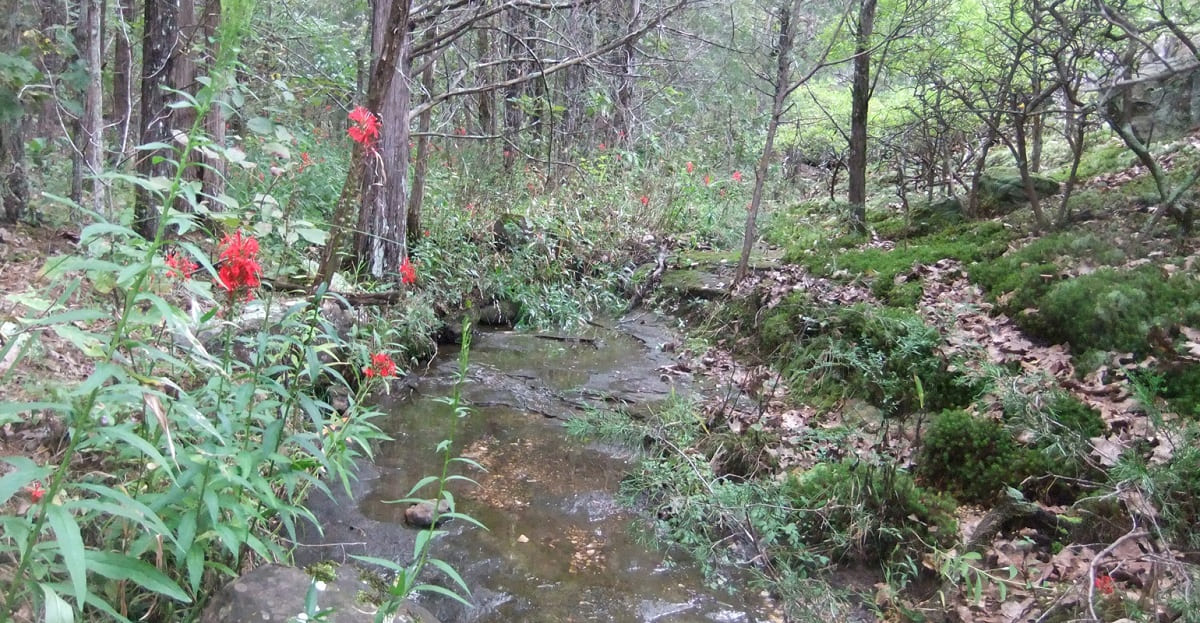


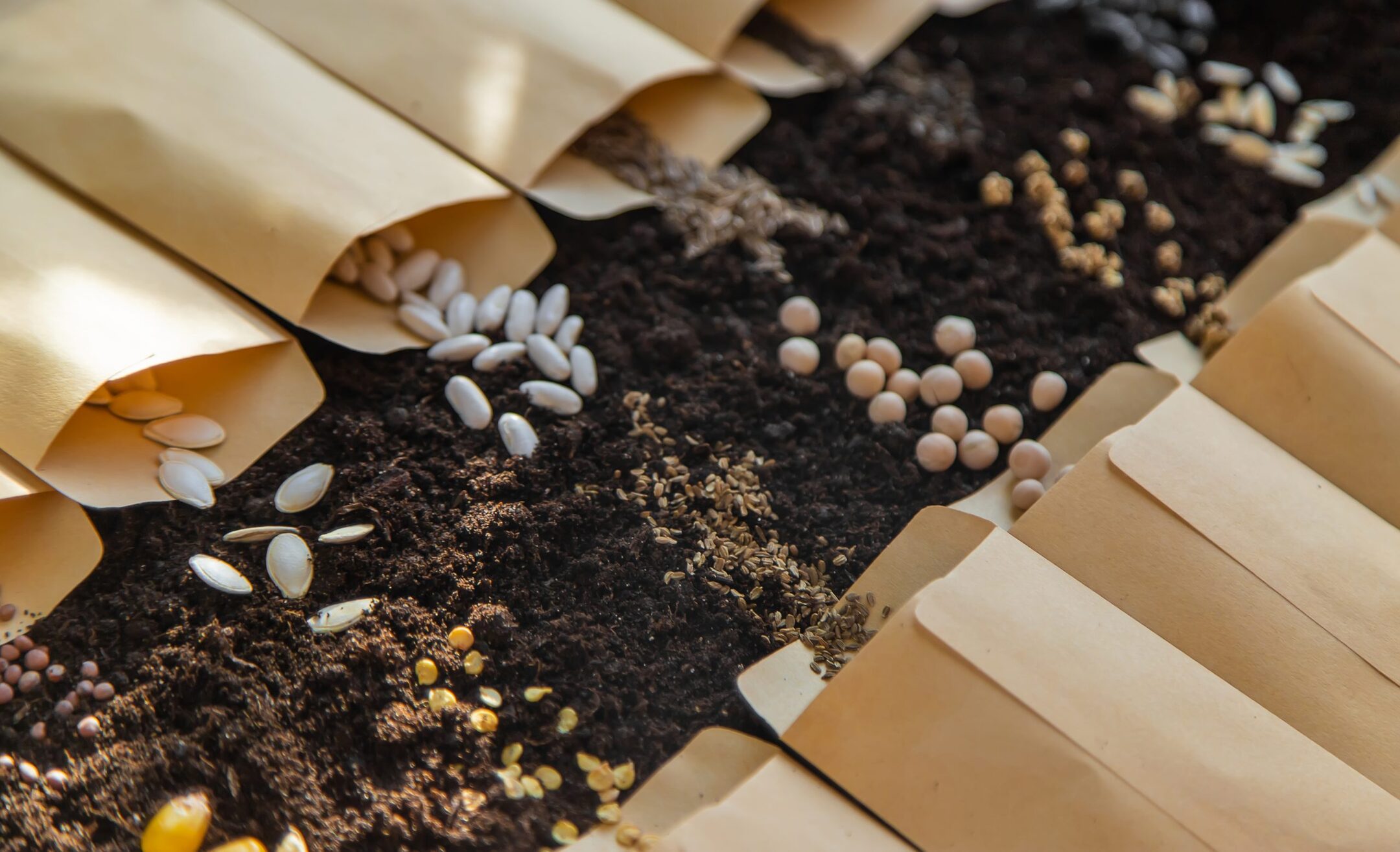
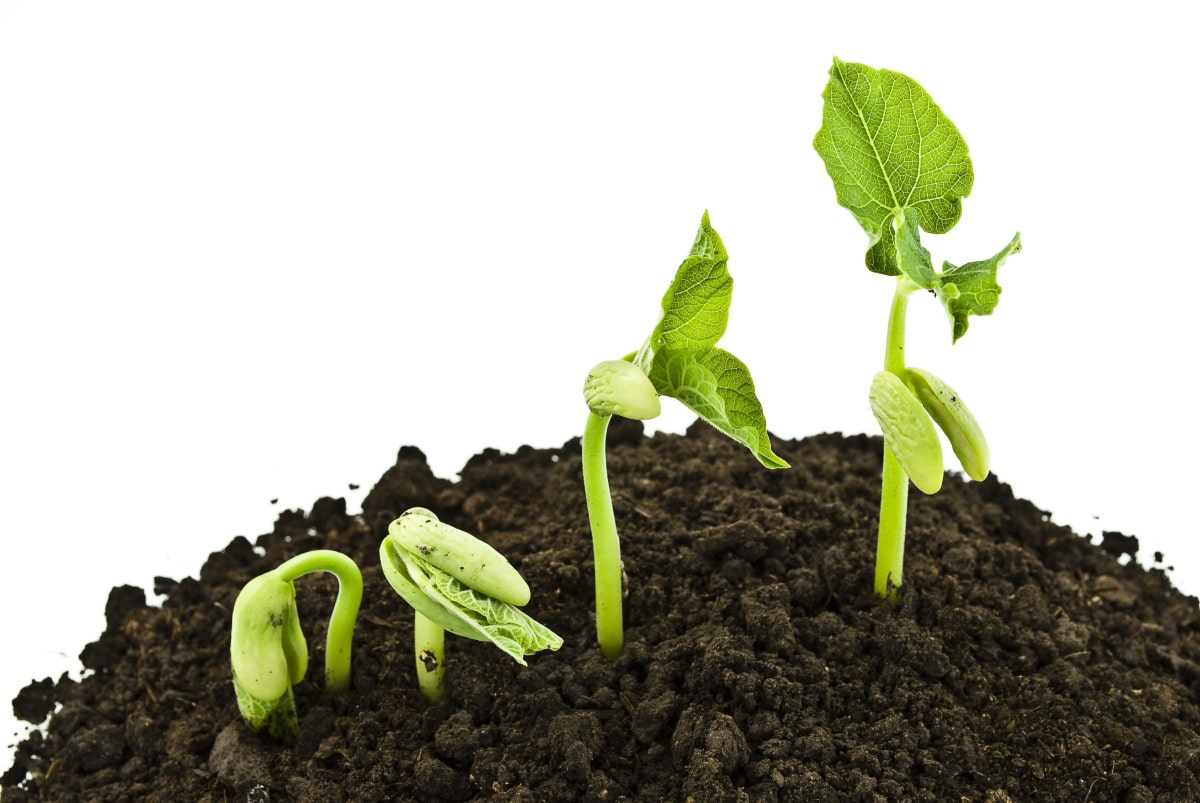
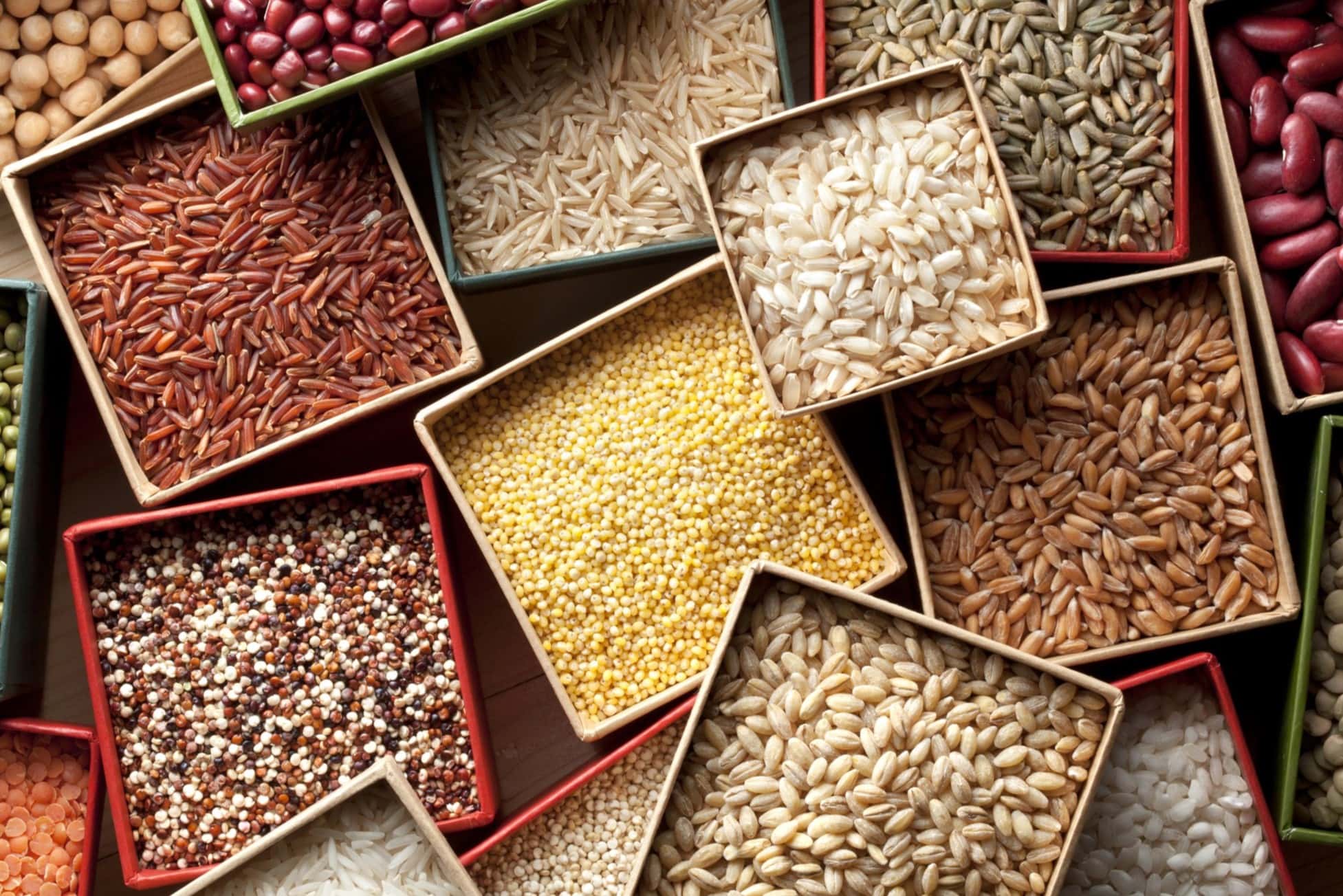
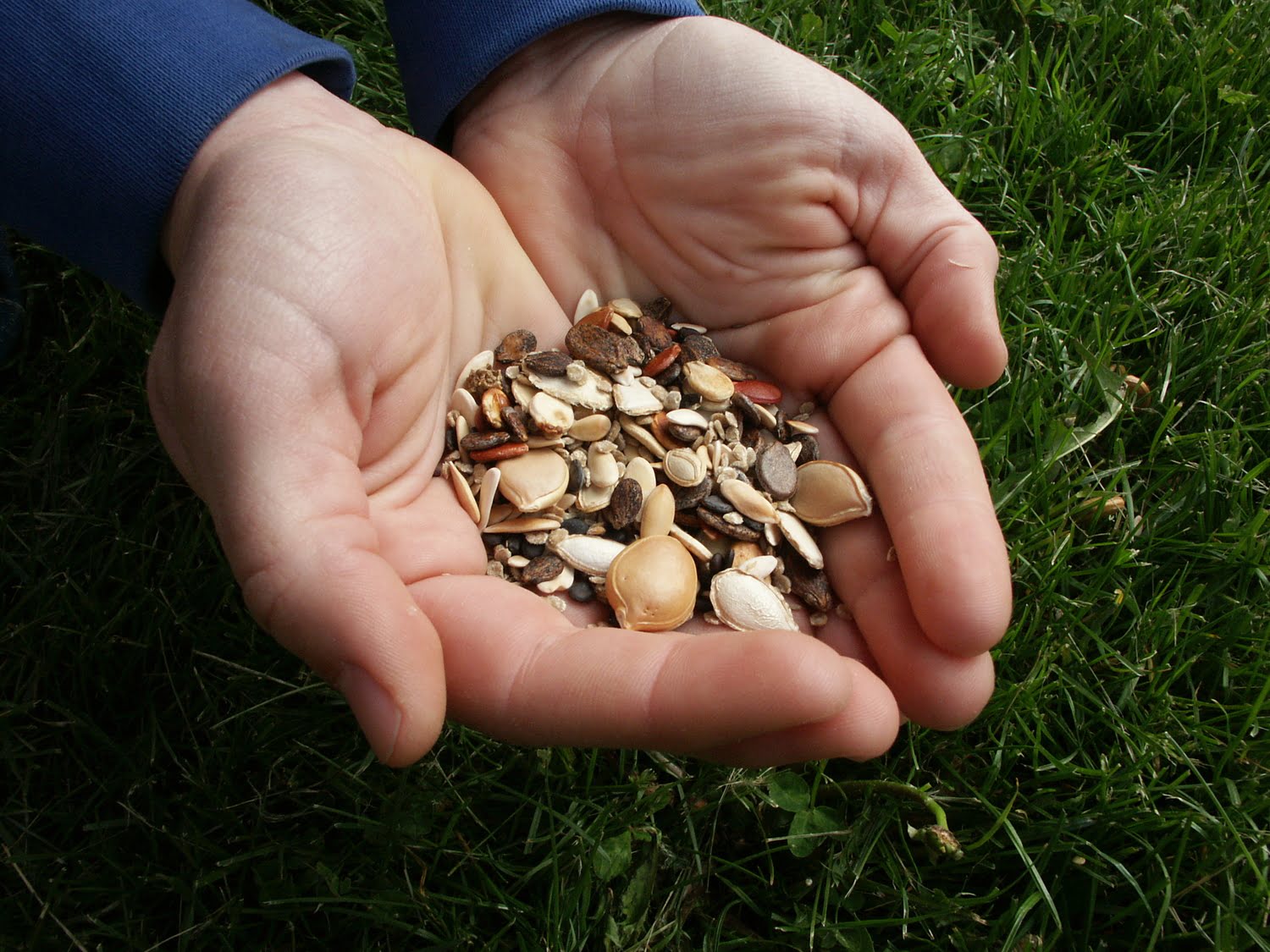
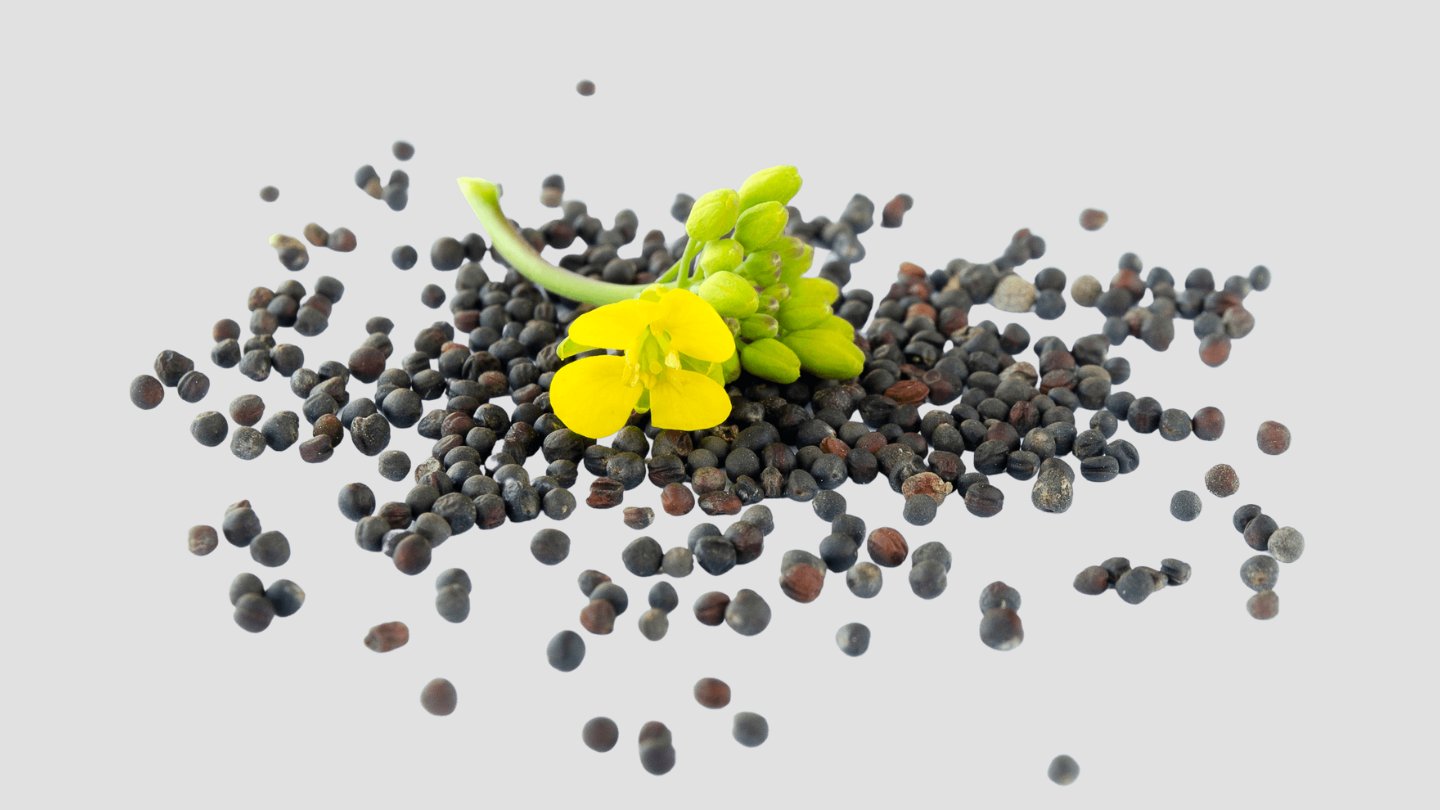

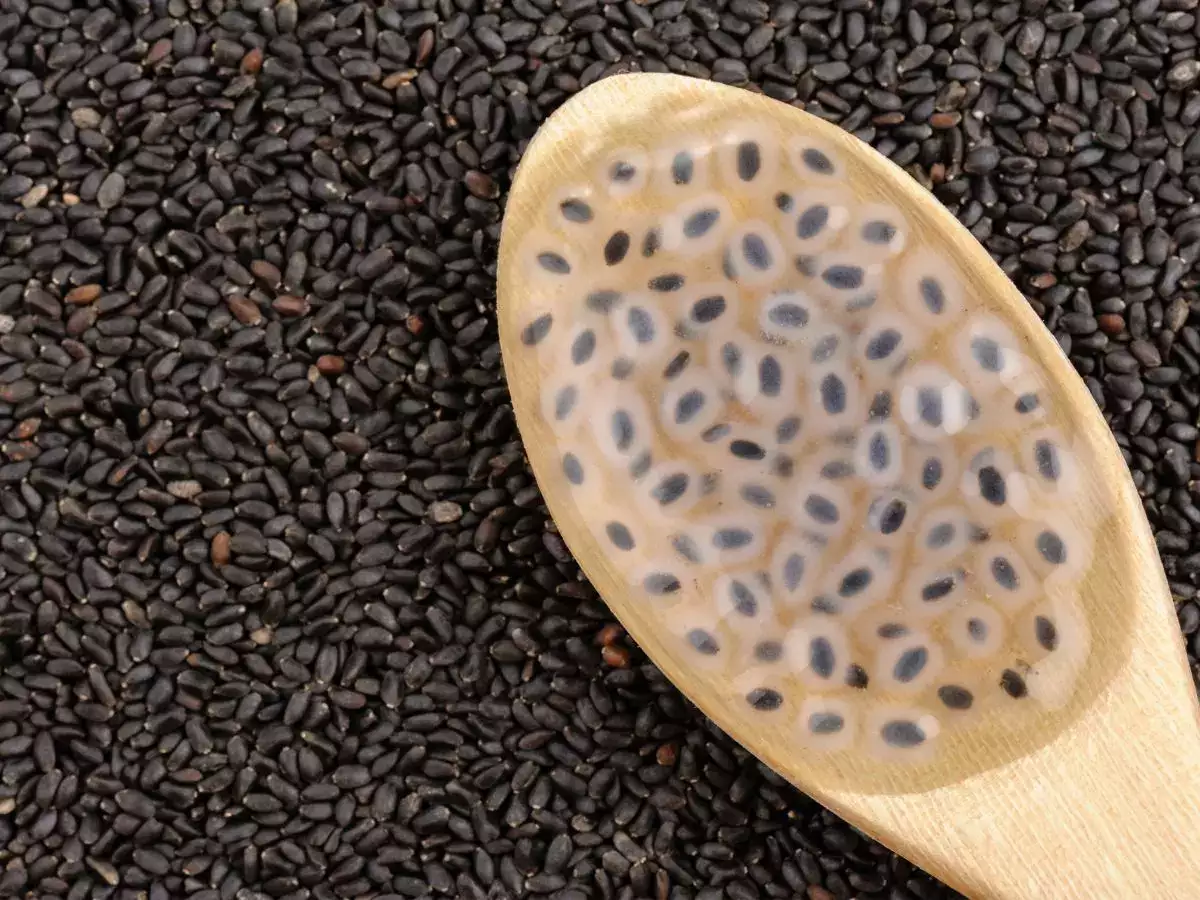
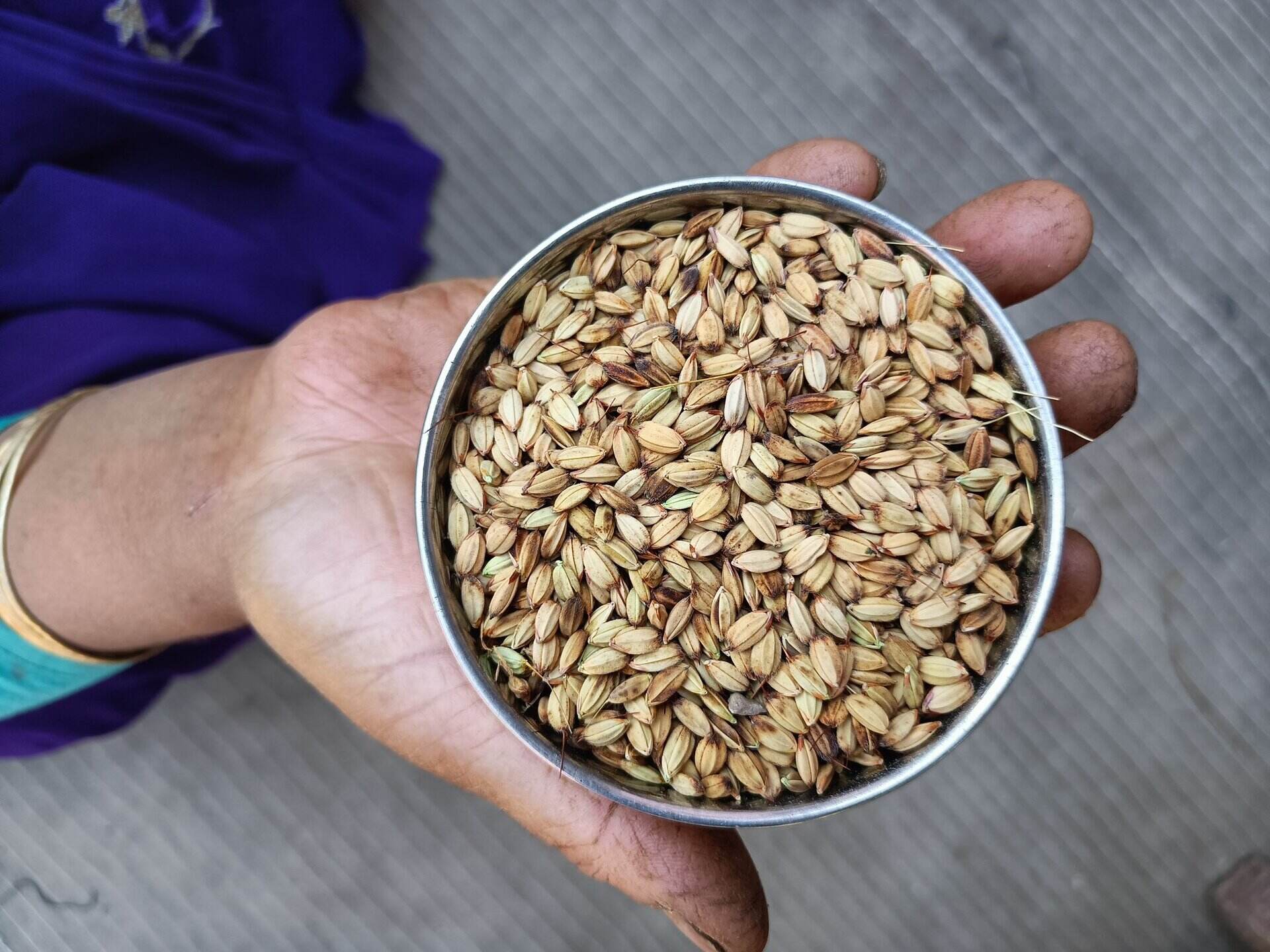
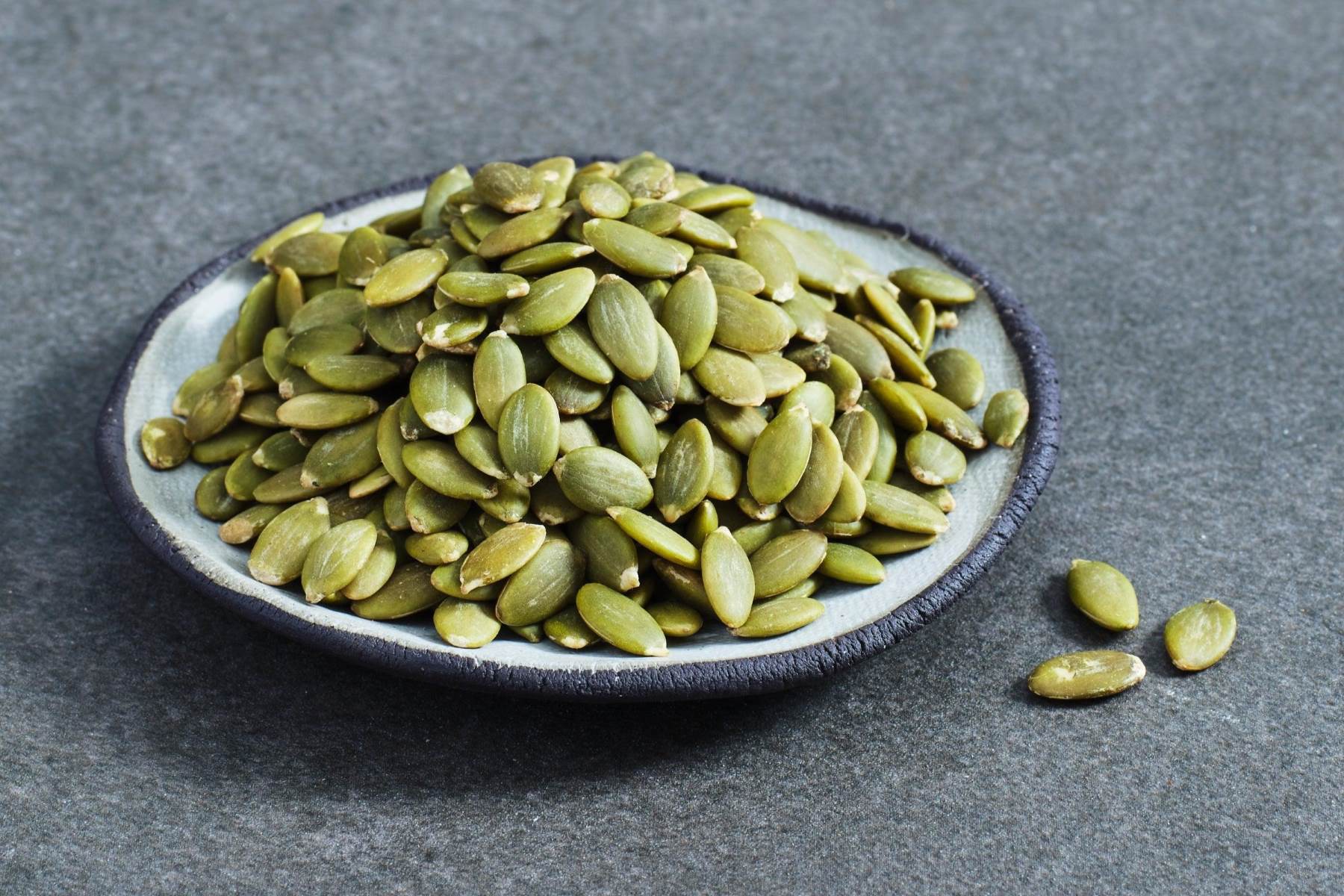


0 thoughts on “What Is A Seed Bank”